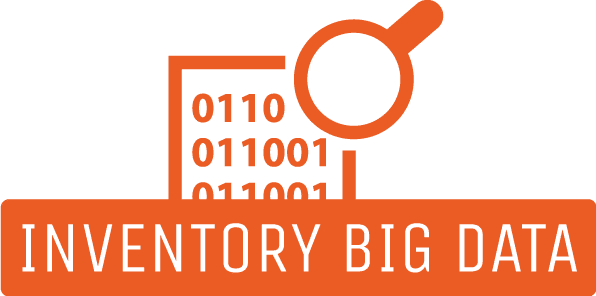Supply Chain Glossary – A Letter
Description
- Automation: Automation involves using technology to perform tasks with minimal human intervention, increasing efficiency in industrial and supply chain processes.
- Asset Management: Asset management is the systematic approach to tracking and maintaining equipment and resources to optimize their utilization.
- Agile Manufacturing: Agile manufacturing is a flexible production approach that quickly adapts to changing market demands.
- Assembly Line: An assembly line is a manufacturing process where products move sequentially through workstations, each adding components or performing tasks.
- Allocation: Allocation is the distribution of resources, such as materials and manpower, to various aspects of industrial and supply chain operations.
- Anticipatory Shipping: Anticipatory shipping is a strategy where products are shipped to distribution centers in anticipation of demand, reducing delivery times.
- Aggregate Demand: Aggregate demand is the total demand for a product or service in a specific market over a defined period.
- Automatic Identification and Data Capture (AIDC): AIDC technologies like barcodes and RFID are used for tracking and managing inventory efficiently.
- Accumulation Point: An accumulation point is a location in the supply chain where products are temporarily stored or grouped before moving to the next stage.
- Asset Utilization: Asset utilization measures how efficiently and effectively an organization uses its assets to generate value.
- Active Inventory: Active inventory includes items that are regularly used or in demand in industrial and supply chain operations.
- Aftermarket: The aftermarket refers to the market for parts, services, and support for products after they have been sold, often a key revenue stream in some industries.
- Allotment: Allotment is the allocation of a specific quantity or share of resources to a particular task or project within industrial and supply chain management.
- Annualized Inventory: Annualized inventory is a calculation used to determine the average amount of inventory on hand over a year, aiding in planning and control.
- Auction Markets: Auction markets are where goods or services are sold to the highest bidder, sometimes used in industrial procurement processes.
- Adaptive Control: Adaptive control systems adjust themselves based on real-time data and conditions to optimize industrial processes and supply chain operations.
- Asset Turnover: Asset turnover is a financial ratio that measures the efficiency of asset utilization in generating revenue and profit.
- Aggregator: An aggregator is a business or platform that collects and combines products or services from multiple sources for distribution in the supply chain.
- Air Freight: Air freight is the transportation of goods by air, often used for fast and long-distance shipping in supply chain logistics.
- Automated Storage and Retrieval System (AS/RS): AS/RS is a technology that automates the storage and retrieval of products in warehouses, improving efficiency.
- Average Inventory Level: Average inventory level is the mean quantity of inventory items held in stock over a specific period, aiding in demand forecasting.
- Asset Tracking: Asset tracking is the process of monitoring and tracing the location and status of assets, such as equipment and vehicles, in the supply chain.
- Accurate Forecasting: Accurate forecasting is the practice of predicting future demand and trends in industrial and supply chain operations with precision.
- Adverse Event: An adverse event is any unexpected or undesirable occurrence that can impact the safety or efficiency of industrial processes or supply chain activities.
- Automated Guided Vehicle (AGV): AGVs are self-driving vehicles used in warehouses and factories to transport materials and goods, enhancing automation.
- Advanced Planning and Scheduling (APS): APS refers to software and systems that optimize production and distribution planning, improving resource allocation.
- Assembly Line Balancing: Assembly line balancing is the process of distributing workload evenly among workstations to optimize production efficiency.
- Audit Trail: An audit trail is a record of all transactions and activities in industrial and supply chain processes, ensuring accountability and traceability.
- Asset Performance Management (APM): APM involves monitoring and optimizing the performance of critical assets to improve reliability and reduce downtime.
- Activity-Based Costing (ABC): ABC is a cost accounting method that assigns costs to specific activities in industrial and supply chain processes, providing a more accurate view of expenses.
- Artificial Intelligence (AI): AI is used in industrial and supply chain management to analyze data, improve decision-making, and automate tasks, enhancing efficiency.
- Average Daily Demand: Average daily demand is the typical quantity of a product or service requested by customers on a daily basis, aiding in inventory management.
Additional information
| Publication | |
|---|---|
| Department | Supply Chain |






